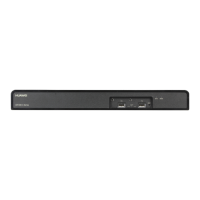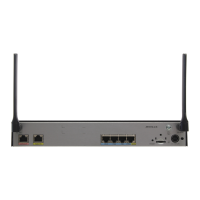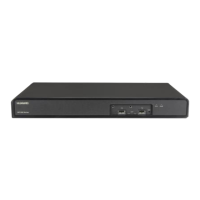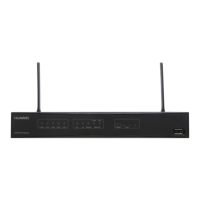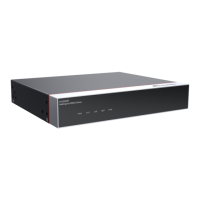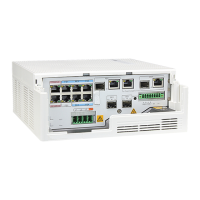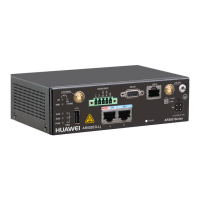l Run one or more of the the following commands order to manage directories.
– Run:
cd pathname
The working path of the remote FTP server is specified.
– Run:
cdup
The working path of the FTP server is switched to the upper-level directory.
– Run:
pwd
The specified directory of the FTP server is displayed.
– Run:
lcd [ local-directory ]
The directory of the FTP client is displayed or changed.
– Run:
mkdir remote-directory
A directory is created on the FTP server.
– Run:
rmdir remote-directory
A directory is removed from the FTP server.
NOTE
l A directory name can use letters and digits, but not special characters such as <, >, ?, \ and :.
l When running the mkdir /abc command, you create a sub-directory named "abc".
l Run one or more of the the following commands to manage files.
– Run:
ls [ remote-filename ] [ local-filename ]
The specified directory or file on the remote FTP server is displayed.
If the directory name is not specified when a specific remote file is selected, the system
searches the working directory for the specific file.
If local-filename is configured, the remote file can be saved in another local file.
– Run:
dir [ remote-filename ] [ local-filename ]
The specified directory or file on the local FTP server is displayed.
If the directory name is not specified when a specific remote file is selected, the system
searches the working directory for the specific file.
If local-filename is configured, the remote file can be saved in another local file.
– Run:
delete remote-filename
The specified file on the FTP server is deleted.
If the directory name is not specified when a specific remote file is selected, the system
searches the working directory for the specific file.
----End
Huawei AR1200 Series Enterprise Routers
Configuration Guide - Basic Configuration 8 Accessing Another Device
Issue 04 (2012-05-15) Huawei Proprietary and Confidential
Copyright © Huawei Technologies Co., Ltd.
161
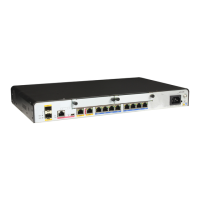
